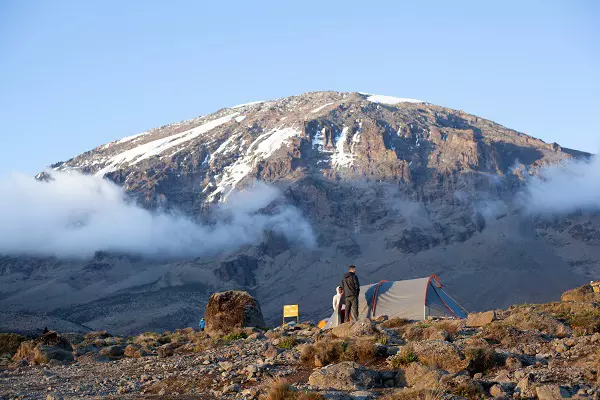
Embarking on the journey to conquer Kilimanjaro, the majestic peak that stands as the roof of Africa, requires more than just determination; it demands an understanding of the distances involved. As adventurers prepare for this iconic climb, the question looms: How many kilometers does it take to climb Kilimanjaro? In this exploration, we unravel the distances and elevations that define the ascent to the summit of Kilimanjaro, offering insights into the physical dimensions of this awe-inspiring endeavor.
Kilimanjaro presents climbers with various routes, each weaving through diverse landscapes and elevations. The most traversed routes include:
Often known as the "Coca-Cola" route, Marangu spans approximately 64 kilometers (40 miles) round trip. It is renowned for its direct paths and hut accommodations.
The "Whiskey" route, Machame, covers around 62 kilometers (37 miles) in total. Its scenic trails wind through lush rainforests and challenging terrains.
The Lemosho route, with its panoramic vistas, extends over approximately 70 kilometers (44 miles). It is favored for its longer duration, allowing for better acclimatization.
The Rongai route, approaching from the north, spans about 73 kilometers (45 miles) round trip. This less-traveled route provides a unique perspective of the mountain.
The Northern Circuit, known for its extended itinerary, covers approximately 97 kilometers (60 miles). This route offers ample time for acclimatization and exploration.
The initial phase of the climb involves trekking from the park gate to the first camp. This distance varies depending on the chosen route but typically ranges from 7 to 14 kilometers (4 to 9 miles).
Throughout the climb, acclimatization hikes are crucial. These shorter treks help climbers adjust to higher altitudes and cover distances of 2 to 5 kilometers (1 to 3 miles) per day.
The summit push, the final ascent to Uhuru Peak, is the most challenging phase. Climbers cover approximately 6 to 8 kilometers (4 to 5 miles) during the ascent and a similar distance on the descent.
Different routes offer varied distances, affecting the overall journey. Longer routes often provide more gradual ascents for better acclimatization.
Routes with additional acclimatization days involve shorter daily treks, contributing to overall distance but enhancing climber well-being.
The pace at which climbers ascend and descend influences daily distances. A steady and measured pace supports acclimatization.
Some routes include side trips to scenic spots, adding to the overall distance covered during the climb.
While understanding the distances involved in climbing Kilimanjaro is crucial for preparation, the journey is more than a numerical pursuit. It is a testament to personal strength, resilience, and a connection with one of the world's most iconic peaks. As climbers traverse the kilometers that lead to Uhuru Peak, they traverse not only landscapes but also the realms of personal achievement and the indomitable spirit that defines the Kilimanjaro experience.